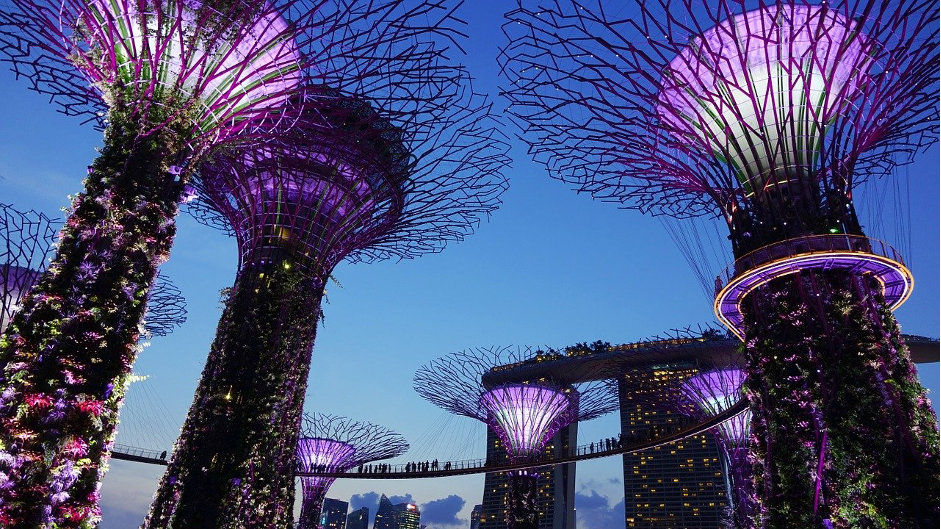A journey to discover Southeast Asia’s hidden gems
The nature lover cannot miss out on the Philippines and Indonesia’s heavenly beaches and unspoiled natural environment. Consisting of more than 7.000 islands and surrounded by the Pacific Ocean, the Philippines have earned several nicknames linked to tourism, which amounted to 12,7% of the country’s GDP in 2019 (according to the Philippine Statistics Authority): the capital of the western Pacific, the centre of Hispanic Asia, the Pearl of the Orient Seas, capital of fun, and many others. It is the perfect destination for scuba diving and snorkel lovers. In particular, Cebu island is well renowned for its coral reef and sea caves that attract thousands of photographers from all over the world every year. The more adventurous dare to get right into Sagada’s tribal region, or to explore UNESCO sites such as Chocolate Hills or Batad and Bangaan rice terraces to learn about the history and traditions of ethnic villages still living there. Indonesia does not even need any particular introduction.
L’amante della natura di certo non può farsi sfuggire le spiagge paradisiache e la natura incontaminata di Filippine e Indonesia. Circondate dall’Oceano Pacifico e composte da più di 7.000 isole, le Filippine si sono guadagnate numerosi appellativi legati al turismo, settore che nel 2019 ammontava per il 12,7% del PIL del Paese (dati del Philippine Statistics Authority): capitale del Pacifico occidentale, centro dell’Asia ispanica, Perla dei Mari Orientali, capitale del divertimento, e molti altri. Le Filippine sono la meta ideale per gli appassionati di scuba diving e snorkeling: in particolare, l’isola di Cebu è una meta prediletta sia per le sue barriere coralline, sia per le grotte marine che attraggono ogni anno migliaia di fotografi da tutto il mondo. I più avventurosi si addentrano fin nella regione tribale di Sagada, oppure esplorano i siti UNESCO come le Chocolate Hills o le terrazze di riso di Batad e Bangaan, per conoscere la storia e le tradizioni dei villaggi etnici che ancora vi si trovano.
Its pristine white beaches are a destination for more than six million tourists every year and feature in several well-known international movies. For those who prefer quietness and less crowded places, Java, Sumatra or any of the other 17,505 islands of the world's largest island country might be a good fit.
For culture lovers, Vietnam and Thailand might be an obvious choice. But did you know that the less popular Cambodia hosts Angkor Wat, the largest archaeological site in Southeast Asia and the biggest religious monument in the world? Its name, which translates to “temple city” in Khmer, references the fact that it was built by Emperor Suryavarman II as the state temple and political centre of his empire. The colossal site stretches for 1.626 km2 and it has become so embedded with nature after more than 900 years that it is hard to tell where the rock ends and the roots of ancient trees begin. Originally dedicated to the Hindu god Vishnu, with time Angkor Wat became a Buddhist temple and is so important today that is even represented on Cambodia’s national flag.
For the traveller who cannot help but dream of bright lights and the buzz of the metropolis, Malaysia and Singapore are the right destinations. The days when these seas inspired Emilio Salgari’s novels are lost in memory. Kuala Lumpur, Malaysia’s capital city, is booming, especially in the high-tech sector: according to the World Bank, the export value of high-tech products in 2015 stands at 57 billion dollars, the second highest in ASEAN after Singapore. Iconic sightseeing spots include the Petronas Towers, the tallest twin towers in the world, and the Genting Highlands Resort, an integrated hill resort development comprising hotels, shopping malls, theme parks and casinos, perched on the peak of Mount Ulu Kali at 1,800 meters asl.
For those who prefer contemporary architecture instead, Singapore provides several genuine examples where human genius joins nature: Gardens by the Bay, a nature park spanning more than a hundred hectares that is part of the nation's plans to transform its "Garden City" to a "City in a Garden"; the Helix Bridge, a DNA molecule shaped bridge; the Esplanade – Theatres on the Bay, the performing arts centre; and many more.
The charm of wild beaches, the heady scent of incense in temples, the chaos of the city, and much more: Southeast Asia really knows how to touch travellers’ heartstrings, even those of the most demanding.
By Valentina Beomonte Zobel






